Most homeowners assume that if they don’t see any activity on their lawn the day after they’ve mowed it, then there are no pests or problems. Unfortunately, this couldn’t be further from the truth regarding lawn pests. If you are seeing small holes in the lawn overnight, you should know that pests such as nematodes, grasshoppers, and ants can tunnel through small holes in the turf overnight.
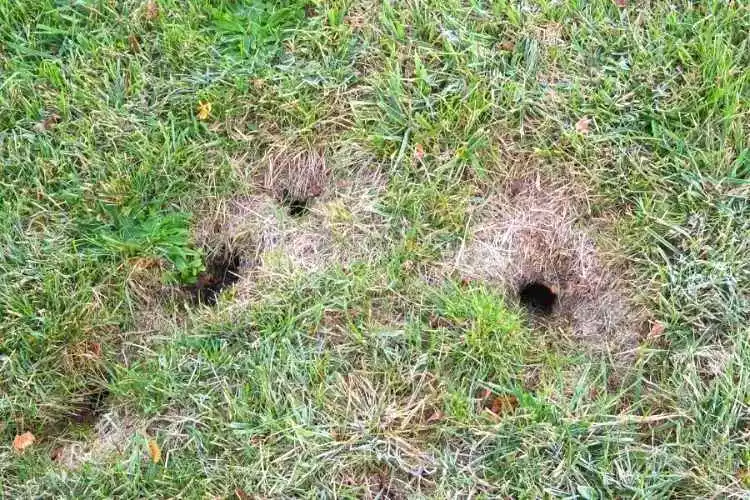
While most holes in lawns are harmless, one could be the entrance of an insect or worm. Therefore, if you notice any small holes in your yard, do not hesitate to call a pest control company to inspect your property.
Small Holes In Lawn Overnight: Reasons
1. Insects
Various insects, including the common grasshopper, can cause small holes in the lawn overnight. Grasshoppers are attracted to warm areas and seek shelter during the night, such as small openings or cracks in turf.
They can also lay eggs in these areas and subsequently hatch into baby grasshoppers that will feed on the turfgrass.
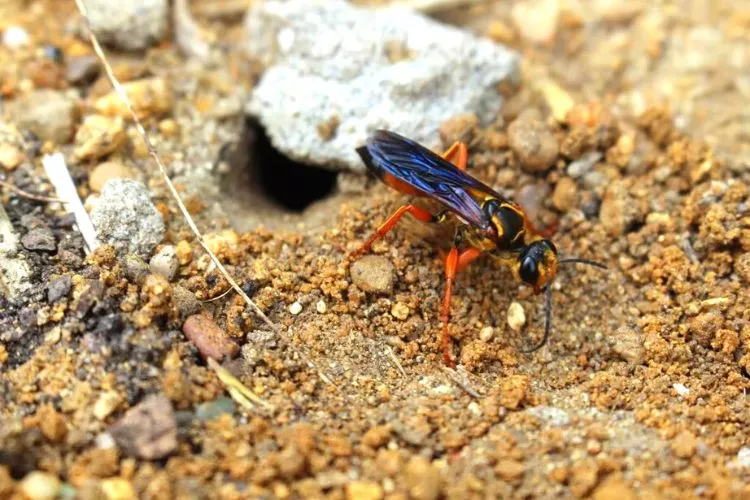
2. Armadillos
Armadillos can also make small holes in the lawn overnight. The burrowing mammals can easily create a hole several inches wide and deep, especially if digging for food or shelter. Armadillos are harmless animals but can damage gardens and turf if not controlled.
3. Birds
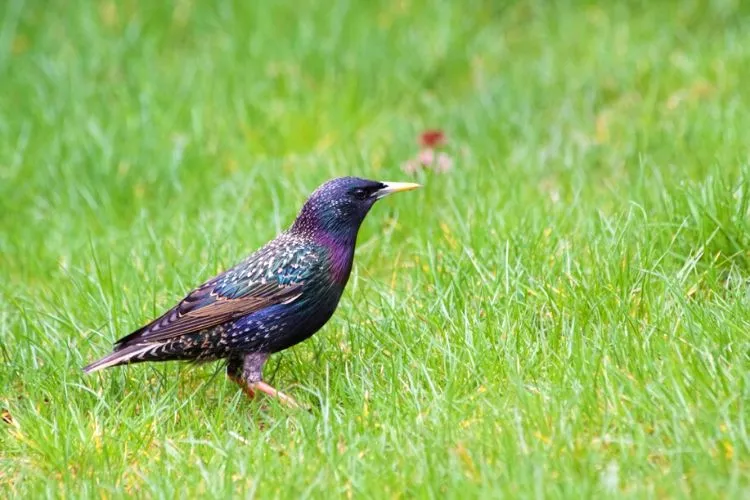
Birds can also make small holes in the lawn. Common culprits include sparrows, starlings, killdeer, quail, grouse, partridge, and crows.
These birds may dig through the soil looking for food or water, and when they find a hole they can fit into, they use it as their new home.
Of course, large predators such as eagles or vultures may also be to blame if they’re digging through yards or ripping up lawngrass.
4. Chipmunks
Chipmunks are known for their mischief, but one of their favorite pastimes is digging small holes in lawns. The culprit: the chipmunk’s furry little body is excellent at tunneling.
So-called “chipmunk holes” can be challenging to identify, as they tend to be small and deep, making them hard to spot even with a close inspection.
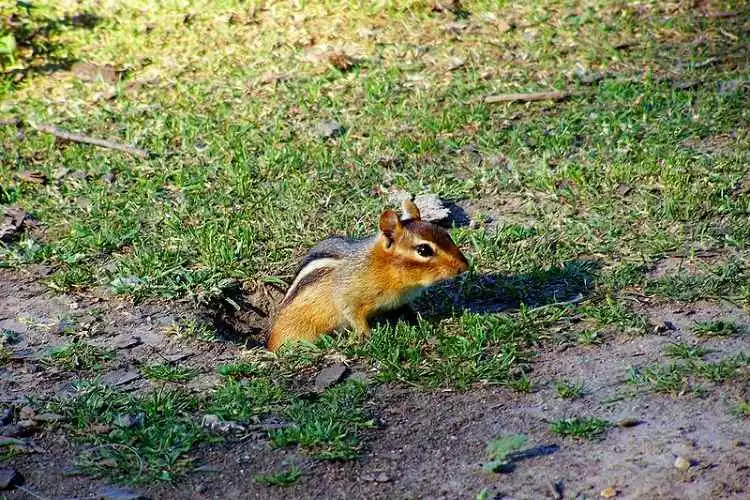
One way to check for a chipmunk hole is to look for the burrow that the animal often uses as its home. If you can’t spot the hole or the burrow, try sprinkling peanuts on top of the turf where you think it may be; chipmunks love eating this type of snack.
5. Moles
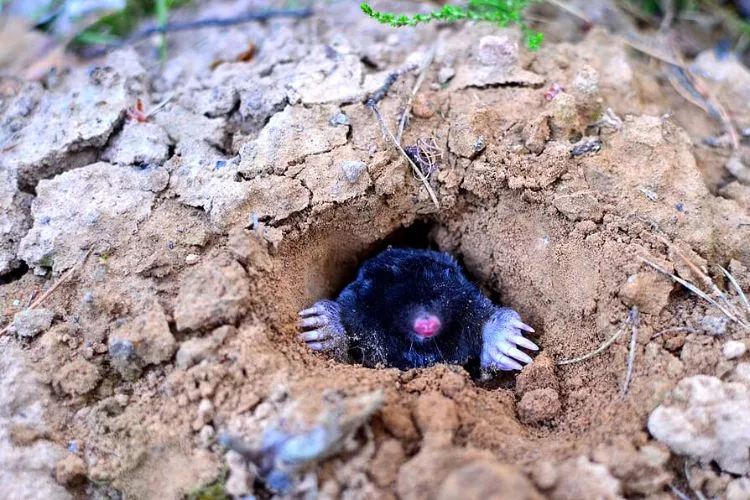
Moles are a common problem in lawns and gardens. They are mole rats or voles and can cause small holes in the turf overnight.
One reason is that they like to eat small roots and bulbs. Moles also can damage turf by digging up clumps, leaving bare soil, and spreading weed seeds. There are several ways to control moles:
- Trap them using set snares or live traps baited with cheese, bacon, or hot dogs.
- Use mole repellents containing DEET, picaridin, IR3535, or metolachlor.
6. Earthworms
Earthworms typically cause holes in lawns. However, earthworms are beneficial for turf and play an essential role in the decomposition of leaves and other organic matter.
Therefore, they are not a threat to your lawn and should not be killed. If you see holes in your yard, give the earthworms time to do their job, and the holes will usually disappear within a few days.
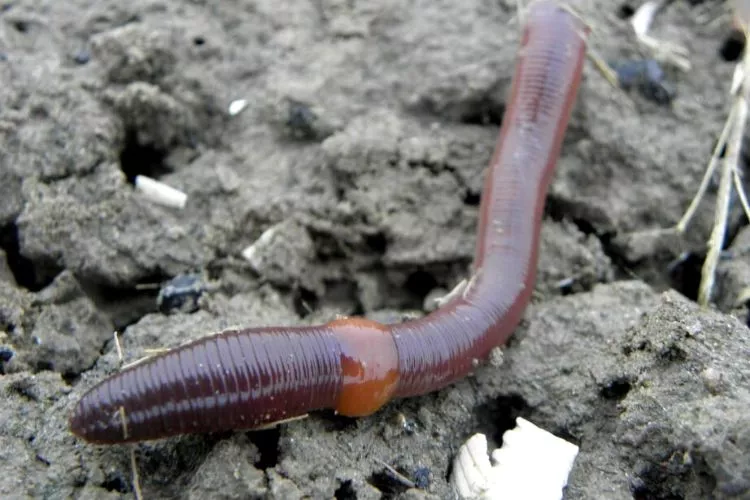
7. Skunks
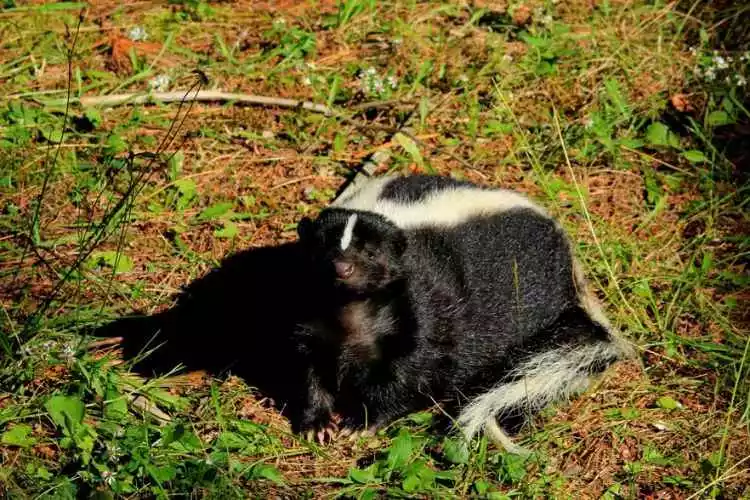
Skunks can sometimes be the main culprits for causing tiny holes in the lawn overnight.
They are attracted to yards with a lot of vegetation, so skunks tend to infest neighborhoods near parks or green spaces. Skunks will dig their way into yards, searching for food and shelter.
Because they leave behind small amounts of scent while digging, they can inadvertently create a hole that other animals (e.g., opossums) will use as a home.
8. Snakes
Snakes are opportunistic predators and prey on small animals, such as mice or voles, that have made their way into yards. If you see any small holes in your lawn, it is best to call a professional to look.
How To Fill Small Holes in Lawn?
The first step is to inspect the area for damages. This will help you determine if you need to take action on the hole itself or if other underlying issues need to be addressed first.
The next step is to use a shovel to dig out the surrounding area. This will help determine the size and depth of the hole. If the hole is small and shallow, you can use a garden soil mix to fill it up.
Next, sow your new grass seeds into the prepared hole. Water them well and keep an eye on them for a week or two to ensure they grow well. Once they have germinated and started to grow, mow the lawn around the seedlings once or twice per week until they reach maturity.
If your lawn grass is turning white you may find this post helpful: Why Is My Grass Turning White?
Frequently Asked Questions (fAQs)
What Makes 2-inch holes in the ground?
Chipmunks are curious rodents that love to explore. They have the instinct to dig, so often, they make small holes in the ground to find food or escape danger. These little holes can be pretty puzzling for homeowners, as they appear around the garden or property unexpectedly. There are a few things that chipmunks may do to create these 2-inch holes:
☑️ They may chew through the tough soil near the surface and create a hole big enough for them to get through but not big enough for predators or other animals to fit into;
☑️ They may use their tiny teeth and claws to excavate down into the earth, creating a small tunnel; or
☑️ They may gnaw through roots and soil until they hit something edible, like a tub of bird feed or a cache of worms.
What does a rat hole look like?
Rats are notorious for their ability to get into any small opening they find. Unfortunately, the openings can be small and difficult to spot, making them perfect spots for rodents to explore and hide.
The entrance to a rat’s burrow is typically 2 to 4 inches across. The opening is often hidden by layers of earth and leaves, making it difficult for humans or animals to see. Once inside, the rat can easily navigate through the tight spaces thanks to its sharp teeth and strong jaw muscles.
What does a snake hole look like in the grass?
When exploring nature, it is essential to know the dangers lurking around every turn. One such danger is a snake hole. These dark openings can be found in the grasslands and are often easy to miss if you’re not looking for them. Snake holes vary in size and depth, but they all share one common feature: they are surrounded by mud piles.
What bugs make holes in the ground?
When it comes to bugs, some cause a lot of damage, and others help keep ecosystems in balance. One bug that can cause a lot of damage is the green June beetle. These beetles love to eat the leaves off of plants, and when they do this, they create holes in the ground.
Ground bees also love to live in holes in the ground and help keep grasses healthy by collecting pollen. Ants also make holes in the ground and are essential because they help spread seeds throughout gardens and fields.
Conclusion
Overnight small holes in the garden can be due to various reasons, including insects, rodents, reptiles, and even human activity. Fixing these holes is relatively easy and can save your plants from severe damage. So if you notice any holes in your garden, take action right away and fix them!
